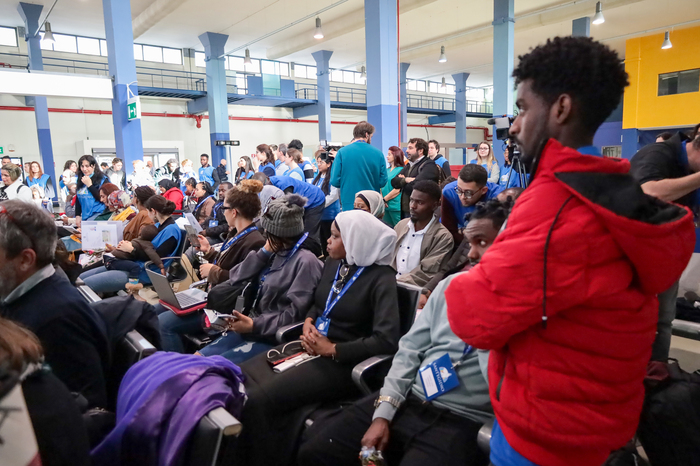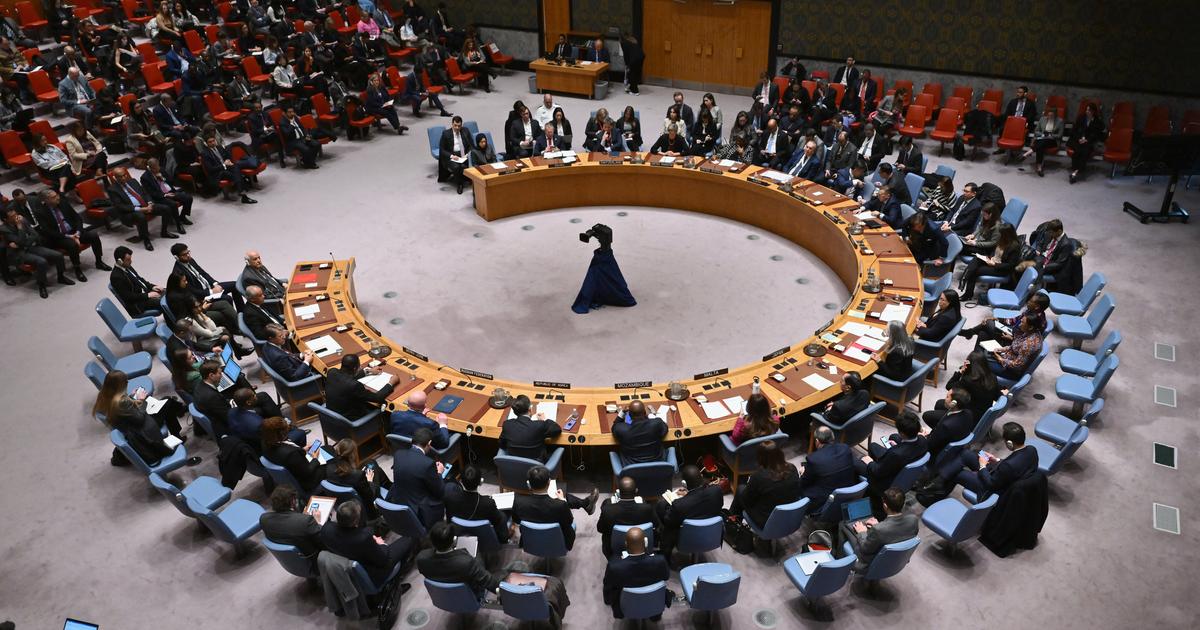With the outbreak of conflict in Sudan, thousands of people, more than 250,000, have left Sudan seeking refuge in neighbouring countries. Sudan is surrounded by a variety of countries, each one more different. From Egypt and Libya to the north, Chad to the west, Ethiopia and Eritrea to the east, Central African Republic to the southwest and, of course, South Sudan.
It is in the Central African Republic that I find myself. This is one of the countries with the worst social indicators in the world, many of them in retreat since the war that broke out in 2012 and which is still present in many parts of the country. For example, of its three million children, 2.6 million need humanitarian assistance to survive. One in two lacks access to health services, 28% have never received a vaccine, 40% suffer from chronic malnutrition and only 40% have access to safe drinking water.
And if we talk about education and child protection, the data are just as bleak. Only 27 per cent of children complete primary education and 12 per cent complete secondary education. Most of those left out are girls. This week in Kaga Bandoro (in the centre of the country), at the Ndomete health post, I met a girl who had just given birth to her first baby. I have also dealt with many child soldiers who have managed to leave the front lines thanks to the support of organizations such as UNICEF and local NGOs. In addition, there are almost 300,000 people displaced by the internal conflict in the country who need support from our rapid response teams.
It is in this context that more than 13,000 people from Sudan, fleeing the conflict, have arrived. Most have left Darfur, an already difficult area, and entered through the north-eastern border of Vakaga prefecture, one of the country's most disadvantaged provinces. In the Vakaga area, there are virtually no qualified teachers, health centres are scarce and understaffed, access to water and food is very limited, the possibility of paid work is almost a dream and more than 80 per cent of families live in poverty.
When we were able to visit them, we found thousands of women with their children sitting on mats on the floor, with no roof over their heads.
In addition, the area is practically inaccessible from June to December due to the rains and the total absence of paved roads. The dirt roads become dangerous mud as soon as there is rainfall and do not allow supplies to arrive. So isolated was this area of the country's capital, Bangui, that even before the current conflict, most of the food and supplies, including gasoline or diesel, arrived from Sudan. With the conflict this supply line has been cut and now the Vakaga has little trade and what is sold is very expensive.
The 13,000 displaced persons, mostly women and children, arrived in Am-Dafock (a few kilometres from the border) on foot and with their clothes on. And they stayed in the middle of the village, camped in an area of tall trees that gave abundant shade. The camping is a saying because, when we were able to visit them, we found thousands of women with their children sitting on mats on the ground, with no roof over their heads. And I haven't mentioned the heat: more than 40 degrees, day in and day out.
When I was there a few days ago, I had the opportunity to speak with some of these displaced people, who told me how ornate their journey was. As soon as the conflict escalated in Sudan and reached their areas of origin in Darfur – most of them come from the Nyala area – the families decided to set off, leave everything they had and leave with as little as possible because the road is complicated. In most cases, the men stayed in Darfur and sent the women alone with the children, in cars, trucks and even on foot. Under the trees, on mats, there were women who had made this journey pregnant: some in advanced condition, others had lost their little ones along the way and many came with babies of weeks or a few months in their arms. The idea of having to leave in these conditions, despite being terrible, was a better plan than staying, according to them, hence the hasty flight.
Hundreds of women and children from Sudan are camped under trees in Am-Dafock, Central African Republic, waiting for humanitarian aid. Meritxell Relaño (UNICEF)
When they arrived in Am-Dafock they had just enough to change their clothes and none of the utensils that are indispensable in these lands to survive: buckets to store water, kitchen pots, glasses, plates, mosquito nets, mattresses, some light blanket for the coolness of the night ... These types of basic necessities have been distributed, as they arrived, by UNICEF and other humanitarian agencies.
Many of the women and children needed medical care and the Am-Dafock health centre, which normally covered a population of 3,000, was barely able to cope with 13,000.
Most refugee women only asked for peace and help to survive until they can return to their country
In this clinic I could see how the children were examined to check if they had malnutrition and, if so, they were distributed the necessary food, which in these cases is a peanut paste fortified with all the vitamins and minerals. We call it ready-to-eat therapeutic food. The health centre, fortunately, had received a solar refrigerator to store vaccines a few months ago and was available to receive the many additional doses needed to care for newly arrived children and mothers and immunize them from easily preventable but deadly diseases.
Recently, the Government of the Central African Republic has decided to move the refugees to an area closer to the provincial capital, Birao, which has a helipad and an airstrip that makes it easier to distribute food and humanitarian aid.
Most refugee women were only asking for peace and help to survive until they can return to their country. That's what all of us working in humanitarian aid in the Central African Republic are in, trying to offer a little hope, dignity and sustenance to resist.
Meritxell Relaño is UNICEF representative in the Central African Republic.
You can follow PLANETA FUTURO on Twitter, Facebook and Instagram, and subscribe here to our newsletter.




/cloudfront-eu-central-1.images.arcpublishing.com/prisa/E3I6SSZZQ6W6BXIAXV5VG36JCY.jpg)


/cloudfront-eu-central-1.images.arcpublishing.com/prisa/Q3R3DI62AJHR7AGTRNQPF2AHCI.jpg)



/cloudfront-eu-central-1.images.arcpublishing.com/prisa/KMEYMJKESBAZBE4MRBAM4TGHIQ.jpg)



